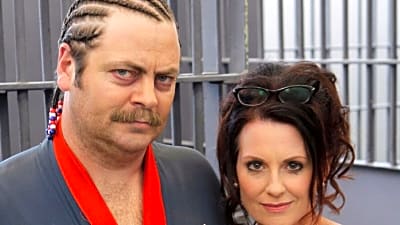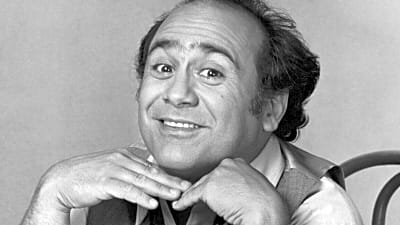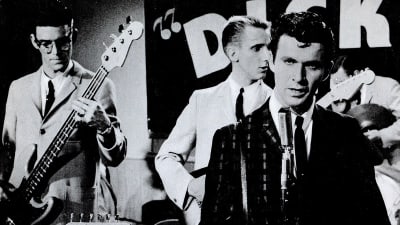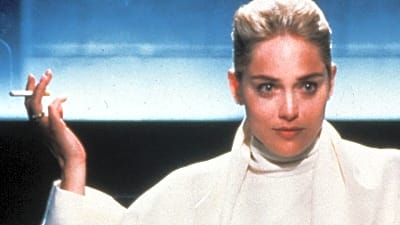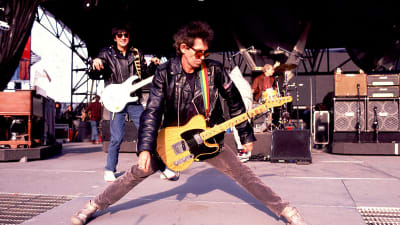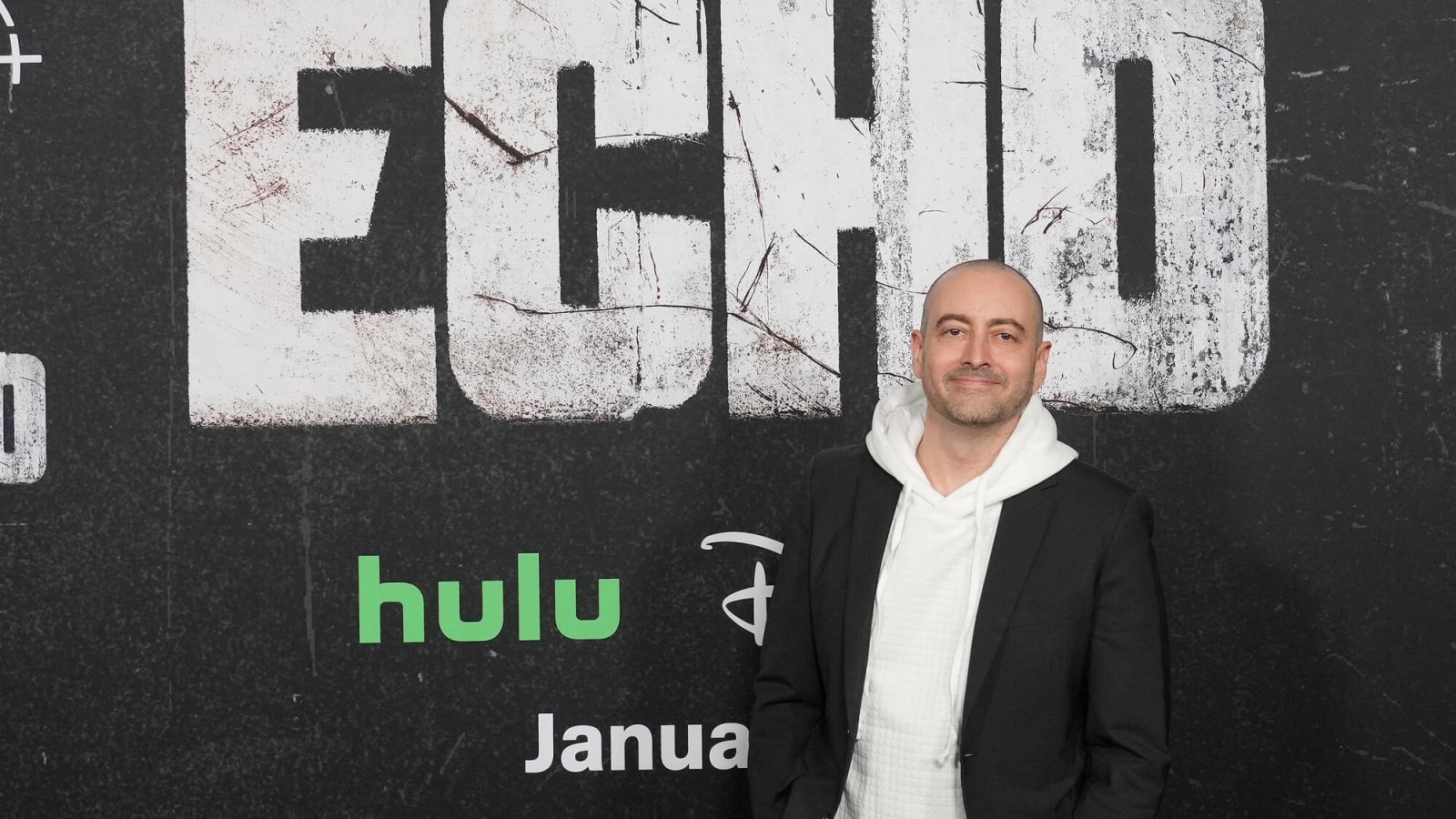
“Mr. Stark, you’ve become part of a bigger universe; you just don’t know it yet.” When Fury, Nicholas J. dropped that bomb on Tony Stark in the MCU’s first-ever post-credit scene in 2008’s Iron Man, the Marvel Cinematic Universe took flight. Over the next decade, the MCU expanded in ways nobody could have ever predicted. Through an onslaught of Easter eggs, cameos, name drops and references, the largest interconnected cinematic universe in Hollywood history became so popular that Anthony Mackie‘s Sam Wilson could show up in Ant-Man and everyone in the audience knew who he was….hell, they knew who Ant-Man was! So ingrained in the experience of the MCU was that connectivity that in 2018, Marvel published an MCU guidebook titled “It’s All Connected.” Fans fawned over every fragment of connectivity, theorizing which character might show up where and how each post-credit scene might set up the next big thing. Doctor Strange! Reed Richards! Mephisto! But then, a funny thing happened on the way to the Multiverse.
With the dawn of Disney Plus, the rate of expansion of the MCU increased. New, unfamiliar characters were introduced, causing a sense of disorder and uncertainty among fans. Entropic chaos ensued. Once the strength of the franchise, the MCU’s connectivity–along with a few less-than-successful projects–quickly threatened to cripple it. As Bob Iger returned to Disney, Marvel’s top creatives began to formulate a response to the dilemma and by the time Echo debuted on Hulu and Disney Plus in January 2024 and fans were introduced to the Marvel Spotlight banner, the studio’s solution began to become clear: the MCU would no longer be all connected but rather, through a series of moves behind the scenes, become à la carte.
Marvel Studios is now–at least in part–reborn. As the studio forges ahead through its uneven Multiverse Saga, fans will find themselves on more of a choose your own adventure journey that Marvel hopes will help keep attracting new viewers. Following Echo, X-Men ’97 became the first production to debut under the new Marvel Animation banner. This Fall, Agatha All Along will mark the debut of the resurrected Marvel Television banner. The hope, according to Marvel’s head of streaming, television and animation, Brad Winderbaum, “is to “signal to the general audience that we’re creating a lot of options, and you can follow your tastes within this brand.”
There was a lot of pressure post-‘Avengers: Endgame’ on the public to feel obligated to watch absolutely everything in order to watch anything. Part of the rebranding was a signal to the general audience that we’re creating a lot of options, and you can follow your tastes within this brand. Some will be more comedic, some will be more dramatic, some will be animated, some will be live-action. Marvel is more than just one thing — it is actually many different genres that just happened to coexist in a single narrative.
-Brad Winderbaum
Even as the Mutliverse Saga moves ahead, the rebranding does not create different universes within the MCU. That would be messier and increase confusion. Instead, as Winderbaum points out, “the characters still live and breathe in the same universe, but the interconnectivity is not so rigid that you need to watch Project A to understand Project B.” In that sense, the experience, says Winderbaum, should become more akin to that enjoyed by comic book readers who can pick up a Captain America comic without worrying about what’s going on in the most recent run of The Avengers. “The hope is that, like the comics, you can just pop in anywhere and have a satisfying experience. We’re trying to dispel the idea that you need to do any kind of setup work to watch anything else.”
Iger’s return to Disney also came with a mandate that some of the larger studios–Marvel included–pull back a bit on the quantity of their streaming output. According to Winderbaum, that’s something that Marvel Studios had already begun working on. So, in addition to the reduced pressure to watch everything because “it’s all connected”, there’s also a reduction in content which should add up to an increase in quality and, hopefully, a better experience for the audience. “We were already, as of two years ago, adapting our process from being, you know, fill the service as fast as possible no matter what, to a more considered approach,” said Winderbaum. “I really like the idea of two shows a year, especially because we are developing more than we make. We used to treat the shows like the features where we’re gonna make a show and that’s it, we’re going to hit a release date, hell or high water. Well, it’s hard to do for a two hour feature, it’s even harder to do for, six, seven, eight, nine hours. So now we have a more traditional approach.” And so while the studio may have a lot of projects in the pipeline–like the LONG-GESTATING Nova series–there’s no guarantee that they’ll hit D+ soon, if ever; only that if and when they do, they’ll have been carefully curated.
Ultimately, the rebranding changes absolutely nothing for your average MCU superfan. The banner that hits the screen for a few seconds won’t stop the completist from watching everything and criticizing the VFX; however, the strategy behind the rebranding isn’t aimed at those fans but rather at drawing new viewers in without overwhelming them. For a studio that hopes they have a whole lot more stories to tell, that’s the only way to stay in the game for the long haul.
Source: Variety
More must-reads:
- 20 blockbuster films you may not know were inspired by real-life events
- Danai Gurira joins Michael B. Jordan's "Thomas Crown Affair" remake
- 20 TV shows that wrote actor's deaths into the scripts
Breaking News
Trending in Entertainment
Customize Your Newsletter
 +
+
Get the latest news and rumors, customized to your favorite sports and teams. Emailed daily. Always free!
